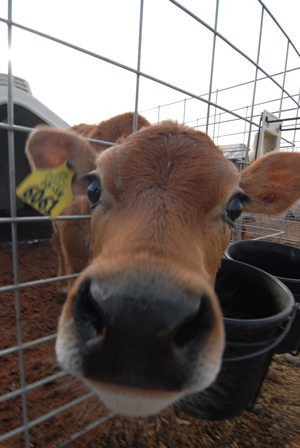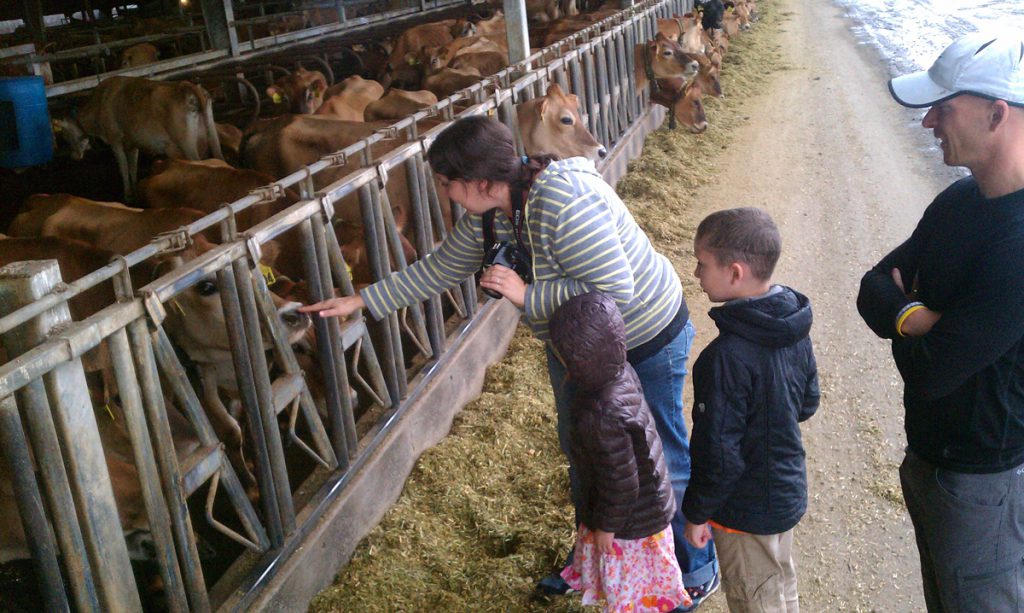
One unavoidable aspect to visiting the farming parts of Oregon’s Tillamook Coast is, of course, the local dairy air. It’s true in fact, this bovine perfume occasionally wafts about the central area of Tillamook County, and to some it’s a reason to turn-tail. But to a surprising majority, and to those who truly understand the farm-to-table concept, the sweet scent is evidence of a robust and viable industry that helps create one of Oregon’s finest products: Tillamook Cheese!
“It’s a reminder, sometimes a pungent one, that good, local products have an industry behind them,” said one local visitor.
Diary Air is more than just cheese though. It’s also about farmers, family wage jobs, 24/7 operations, advanced farming techniques, and oh…a sustainable, eco-friendly industry. Yes, cows produce methane, which is a greenhouse gas. But on the Tillamook Coast, that’s the good news.
That’s because of something remarkable called an anaerobic digester. It’s a rather sizeable state-of-the-art facility within the pillared confines of the former blimp hanger, very close to what is now the Tillamook Naval Air Museum. This $8 million dollar facility is manned, on average, by three employees and produces enough electricity to power 800 homes.
What does a power station have to do with the dairy industry you ask? It turns out, quite a bit! An anaerobic digester operates as an additional few stomachs to a cow’s current four. It further separates liquids, solids and gasses… methane gasses to be precise! The methane is then burned in a massive 12-cylinder engine and used to power a generator, which creates electricity, which is then sold to Portland General Electric.
Dairy farmers love cow poo, too
Another rather useful byproduct of dairy farms is a fibrous substance that, at one time in its recent past was poo. Cow poo to be exact. This material has been cooked through the digestion process and rendered completely pathogen free. It’s then used as a compostable material favored by soil amenders, backyard gardeners and farmers alike.
Specifically, the dairy farmers use this to replace increasingly expensive hay for soft, natural cow bedding. It not only saves money, it is one more way dairy farms are adapting to greener, more sustainable and lucrative practices. We call it the “Behooving Moovement” around here.
For those wanting a behind-the-scenes view into this vibrant industry, book the “Dairyland Tour” from Tillamook Eco Adventures, a local tour operator. You’ll visit a local dairy farm, the anaerobic digester and take a sightseeing drive through Tillamook’s pasture lands. Oh, and make sure after the tour to enjoy the products at the Tillamook Cheese Factory!
